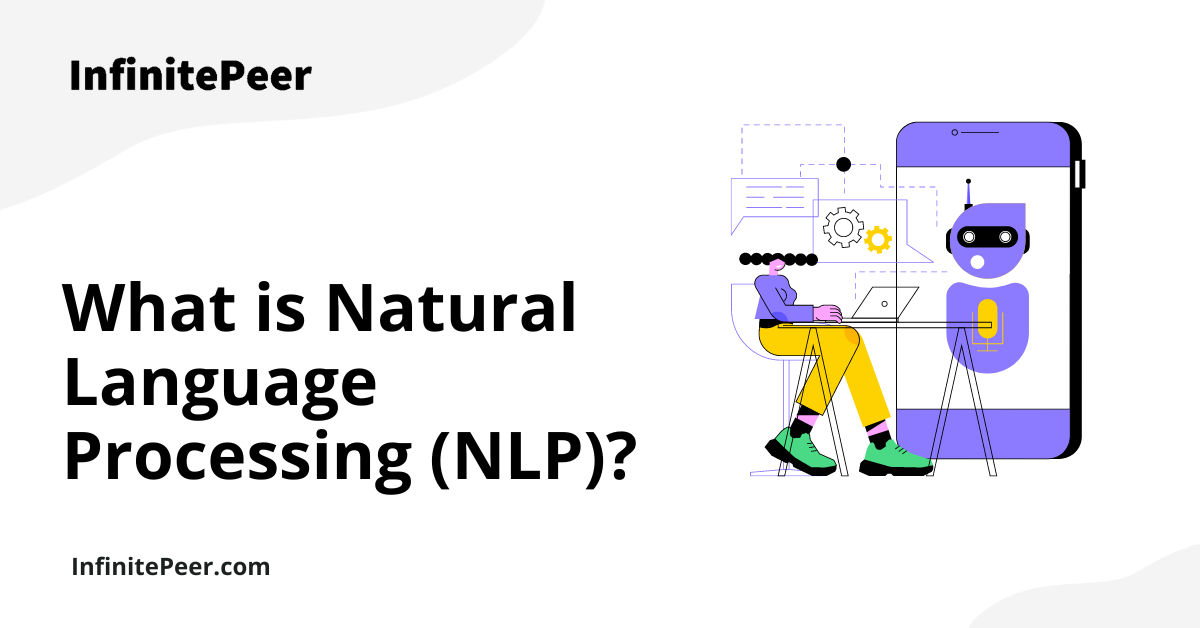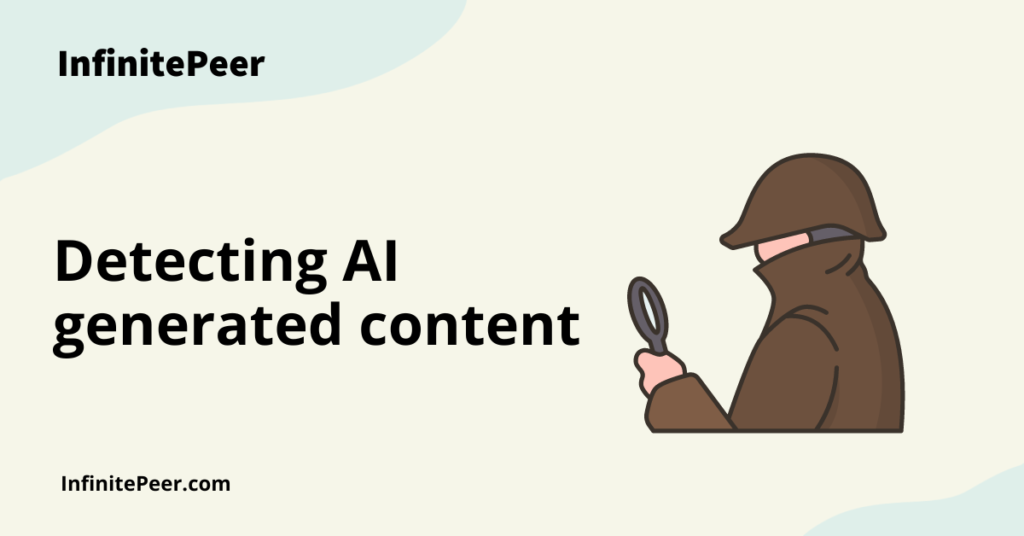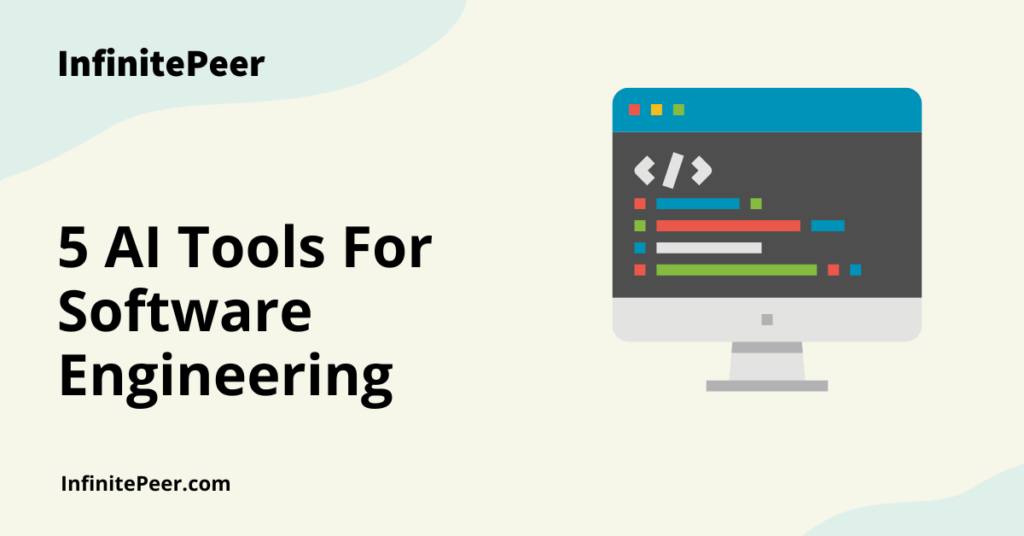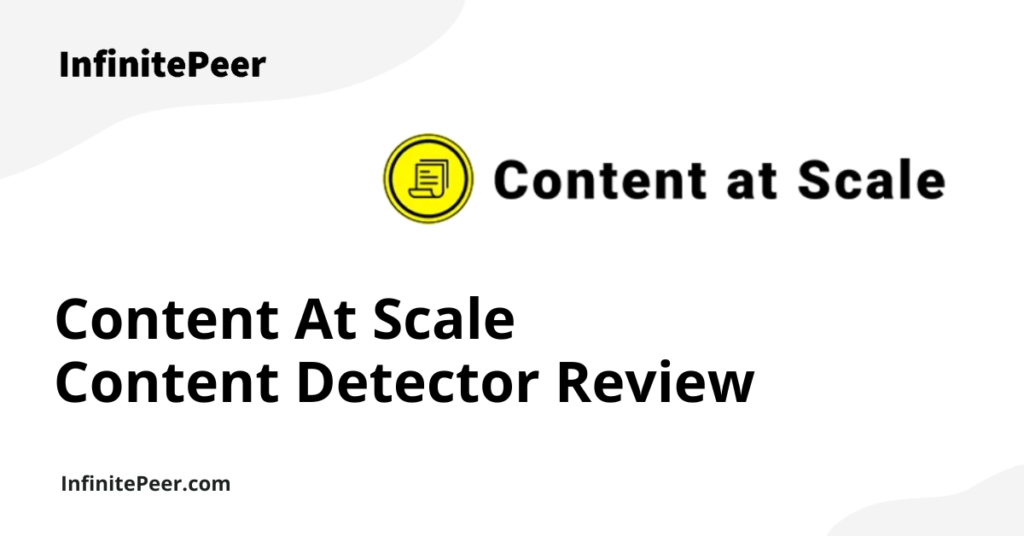Most of us have used text-to-speech tools at some point in our life, be it searching for something with Google, or telling Siri to set the alarm. But have you ever wondered how our devices understand us and our complex languages, despite being written in nothing but 0s and 1s?
Natural Language Processing (NLP) is a subdivision of Artificial Intelligence. It is often referred to as a joint effort by linguists and computer scientists as it combines language and machines using complex algorithms.
In this article, we’ll discuss the process our computers go through to convert our speech into valid results using natural language processing (NLP).
How does NLP work?
These algorithms allow the computer to understand spoken commands. There are two sub-parts used by most NLP models: NLU (Natural Language Understanding) and NLG (Natural Language Generation).
Understanding spoken prompts is a multi-step process. First, the incoming prompt is tokenized, i.e. a sentence is broken up into words. This allows the computer to work on smaller bits and build up from there.
Second, it uses a “stemming” technique wherein words are traced to their origin/stem. For example, the words scams, scammer, and scamming come from the same word, scam. This, however, is not always the case, as some words don’t really match up to their stems. For example, the word “better” is not derived from the word “bet”.
Just because words seem to share roots doesn’t mean they have the same meaning. This is where lemmatization comes in, which basically looks up the words’ original meaning and makes sense of it, and avoids potentially awkward understanding.
The computer then tries to make sense of the context each word is used in. We can see this in action; for example, when we say, “put the dog down on the porch”, we mean to place the dog on the porch. As opposed to “put the dog down”, which has a very different meaning. This again ensures that the sentence is understood correctly by the computer.
The last step in the process is Named Entity Recognition (NER), wherein the idea or thing associated with the word allows the computer to differentiate between things like names of places and names of people.
NLP engineers use many other tools to fine-tune their models to accurately reflect human speech, and there is continuous work being done to achieve maximum accuracy in human and machine conversations.
So, how does NLP work in the real world? It’s actually much more common than you’d think and you may be using it frequently, without realizing it. Here are 6 of the most common applications of NLP.
1. Language Translation
If you have used Google Translate or Microsoft Translator or any similar translation app, there’s a high chance that you’ve probably gotten some awkward translations at least once.
In fact, the “Google Translate” project was initiated when co-founder Sergey Brin became frustrated over an email in Korean that had been incorrectly translated to “The sliced raw fish shoes it wishes”.
Words with dual meanings are challenging for NLP models to understand properly, and as context matters heavily in human conversation, it’s an ability we take for granted. While computers only have a hundred years of data at most to work with, humans have evolved over many generations and many variations in our languages to be able to understand the meaning behind the delivery and tone of sentences right away.
However, translation programs have gotten better and more practical over the years, especially with the introduction of computer vision, which enables users to translate signs in foreign languages using their phone cameras. While this is not a significant breakthrough for NLP, it’s a widely used implementation and helps millions of people every day.
2. AI chatbots
This is perhaps the most common use of NLP, which makes people appreciate technological developments. While these applications are still limited to simple tasks, they are a big help to specific individuals, as doing the same mundane tasks could be cumbersome and even impossible for some.
Chatbots help businesses by taking the load off customer service agents and solving the most simple problems without human intervention.
Chatbots have already been implemented in notable cases, for example, when India used a WhatsApp AI chatbot to keep people up-to-date during the COVID-19 pandemic. Another innovative application is the AI chatbot made by the Endurance company, which helps dementia patients cope with memory loss. It allows their doctor and their loved ones to keep track of the spread of Alzheimer’s and to see if their condition is deteriorating. This project is still in the early stages but could be hugely beneficial for Alzheimer’s patients, their families, and researchers trying to find cures and appropriate coping mechanisms.
Though not all AI chatbots are life-changing, such as Imsomnobot3000: a chatbot designed to keep you company if you can’t fall asleep!
3. Spam detection
This application is typically running behind the scenes, so it’s likely not something you would immediately think of when you read about AI and NLP.
It involves scanning the words in an email for excessive incorrect use of grammar and specific scam-related writing patterns. This allows email service providers, like Gmail, and Outlook, to filter out spam emails and send them directly to the spam folder without user intervention.
This protects users from other attacks, for example, stopping malicious images that, if downloaded, could install malware on the user’s device or phishing.
And since the spam-catching algorithms use NLP and machine learning, they can adapt to new spam tactics and thwart attacks with the help of a few human volunteers. For example, Google’s spam detection algorithms can block up to 100 million spam messages daily.
4. Predictive text
This is a handy day-to-day tool that is used by every smartphone user. It works by going through the millions of words being typed and using the techniques of stemming and lemmatization to understand the context of the sentence we are in the middle of typing.
It then gives suggestions based on the partial word typed by the user. This allows the user to spend less time typing as the computer can fill in what they’re going to type.
5. Sentiment analysis
Ever wondered why you sometimes hear the “this call may be recorded” message?
The obvious use is, of course, to ensure that a record of the call is kept for future reference. Another use is for NLP algorithms to understand and identify the user’s mood and satisfaction level.
This also applies to the reviews we write online and can be applied similarly to deduce if the user liked or disliked the product.
The information obtained by NLP models can be useful for big corporations to gather customer feedback and improve their products and services accordingly.
6. Analyzing and interpreting trends from online data
NLP is particularly helpful in identifying trends, and this has many use cases.
For example, the NLP group at MIT uses NLP tools to combat fake news by focusing on specific patterns and distinguishing real news from fake news. Other use cases include analyzing and predicting financial trends and prospects of job recruitment.
Conclusion
As you can see, NLP deals with understanding how people communicate in natural language (i.e., not structured data like an XML file). NLP can be used for many things, including parsing text or speech into their constituent parts (e.g., nouns and verbs), identifying entities like people, places, or companies mentioned in the text, determining sentiment (whether the author is expressing an opinion about something), or even predicting what someone might say in response to a question based on what they’ve said before.
All in all, NLP is a powerful tool that can be used in conjunction with other AI-powered tools to help with various tasks. NLP is just one branch of machine learning, and every day new ways are being made to extend its uses.
This technology has tons of applications– we covered some in this post. From helping search engines categorize web pages based on what they contain to providing personalized recommendations based on your previous purchases or reading habits to helping doctors analyze medical records more efficiently by automating some of the paperwork so they have more time with patients themselves. And that’s just scratching the surface – there are so many uses for NLP; I couldn’t possibly list them all here!





